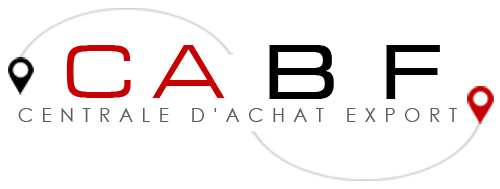Mastering indirect costs to correctly set prices
What is a cost?
To best understand this article, it is important to know the concept of cost object. A cost object is anything that increases the costs of the company. For example, a pot of fresh cream is a cost object in a supermarket. Behind each cost object are “cost drivers”. That is, everything that increases the cost of the cost object.
Let’s take the example of fresh cream, its cost drivers can be the purchase price from the purchasing center or the food distributor, but also the electricity used to operate the fridge, or the labor used to replace it on the shelf if it has a high turnover. All of this potentially increases the unit cost of the fresh cream.
We can distinguish two main categories of costs: direct costs and indirect costs.
Direct costs
Direct costs are directly attributable to the cost object, for example the cost of buying milk is directly attributable to milk. In a supermarket, the costs of cash labor, security, etc., as well as all efforts or expenses directly involved for the selected cost object are direct costs.
For fresh cream, the most direct cost will be its purchase price from the distributor.
Indirect costs
Indirect costs are not directly attributable to a cost object. Indirect costs are generally allocated to a cost object based on a defined basis. In a supermarket for example, how to allocate the cost of electricity for the refrigerators in the fresh food section? A possible basis would be the volume occupied by the food in the fridge. Indirect costs are often difficult or impossible to trace.
It is possible to justify treating almost all types of costs as direct or indirect. Labor costs, for example, can be indirect, as in the case of maintenance staff and executives; or they can be direct, as in the case of cashier staff.
Why focus on indirect costs?
Allocating indirect costs more accurately allows, among other things, to more easily determine the break-even point of a supermarket and to quickly compare different products from our catalog in terms of profit potential. The key is to have a compromise between a precise but at the same time simple basis.
For example, let’s take the fresh food section and the fridge costs. If we use as a basis the volume occupied by the products by defining a specific cost per unit of volume, this allows to have a much more precise vision of the profitability of the food sold in this section. Similarly, allocating lighting costs based on the area occupied by each section allows to allocate a large part of the indirect costs of a supermarket or your franchise.




